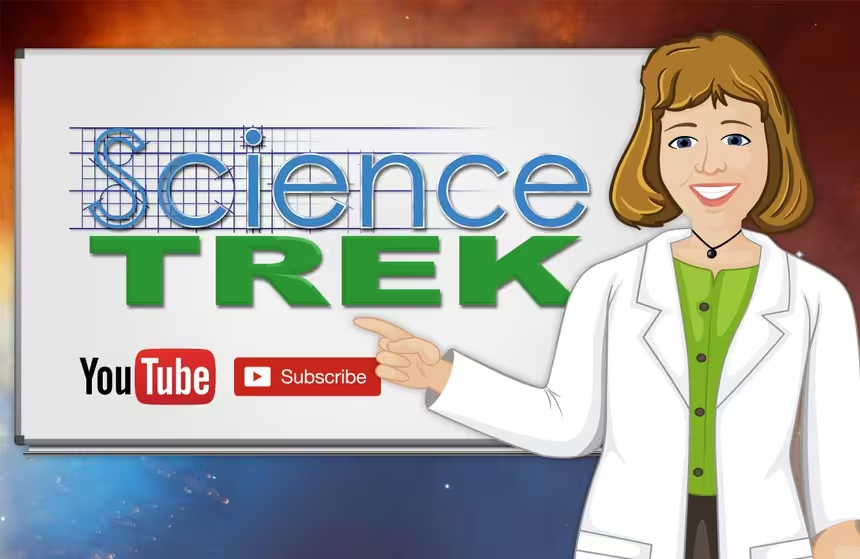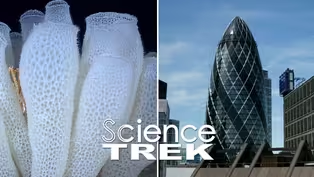
Biomimicry: Sticky Wonders
Clip: Special | 1m 4sVideo has Closed Captions
How do mussels stick to rocks?
Some products we use in our daily life are a result of inventors turning to nature to solve a problem. They use the answers to questions like how do cockleburs stick to a dog’s fur and why aren’t mussels swept off rocks by ocean waves to create new products. With those answers, scientist have invented some amazing products. Find out more.
Problems playing video? | Closed Captioning Feedback
Problems playing video? | Closed Captioning Feedback
Science Trek is a local public television program presented by IdahoPTV
Major Funding by the Laura Moore Cunningham Foundation and the Idaho National Laboratory. Additional Funding by the Friends of Idaho Public Television and the Corporation for Public Broadcasting.

Biomimicry: Sticky Wonders
Clip: Special | 1m 4sVideo has Closed Captions
Some products we use in our daily life are a result of inventors turning to nature to solve a problem. They use the answers to questions like how do cockleburs stick to a dog’s fur and why aren’t mussels swept off rocks by ocean waves to create new products. With those answers, scientist have invented some amazing products. Find out more.
Problems playing video? | Closed Captioning Feedback
How to Watch Science Trek
Science Trek is available to stream on pbs.org and the free PBS App, available on iPhone, Apple TV, Android TV, Android smartphones, Amazon Fire TV, Amazon Fire Tablet, Roku, Samsung Smart TV, and Vizio.

Science Trek
Science Trek is a place where parents, kids, and educators can watch short, educational videos on a variety of science topics. Every Monday Science Trek releases a new video that introduces children to math, science, technology, engineering, and math (STEM) career potentials in a fun, informative way.(MUSIC) JOAN CARTAN-HANSEN, HOST: Sometimes, scientists invent something while watching how things are done in nature.
That's called biomimicry.
One of the most famous inventions based on biomimicry came from the cocklebur plant.
Cockleburs release their seeds in sticky little objects.
These burs have strong hooked spines that hang onto things like fur or clothing, so the seeds get carried away.
Swiss engineer George De Mestral looked at the bur's hooks and loops under a microscope and then invented the fabric fastener Velcro.
(ripping sound) Other scientists looked at how mussels clump together on rocks to avoid being washed away by ocean waves.
To anchor themselves in place, mussels' squirt out a sticky substance.
That substance forms adhesive threads called byssus.
Byssus threads are as strong as bungee cords.
Inspired by those threads, researchers created a mussel glue.
The glue is strong, waterproof, and not harmful to wildlife.
For more information about biomimicry, check out the Science Trek website.
You'll find it at ScienceTrek.org.
Biomimicry: Nature and Architecture
Video has Closed Captions
Clip: Special | 1m 4s | How can a building be patterned after a sea sponge? (1m 4s)
Providing Support for PBS.org
Learn Moreabout PBS online sponsorship
- Science and Nature

Explore scientific discoveries on television's most acclaimed science documentary series.

- Science and Nature

Capturing the splendor of the natural world, from the African plains to the Antarctic ice.












Support for PBS provided by:
Science Trek is a local public television program presented by IdahoPTV
Major Funding by the Laura Moore Cunningham Foundation and the Idaho National Laboratory. Additional Funding by the Friends of Idaho Public Television and the Corporation for Public Broadcasting.
